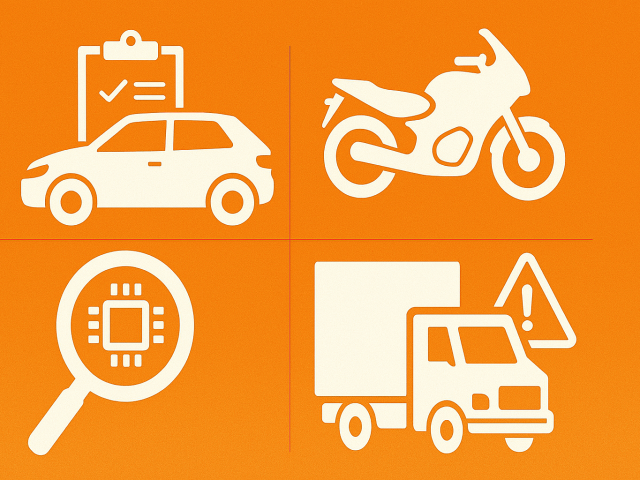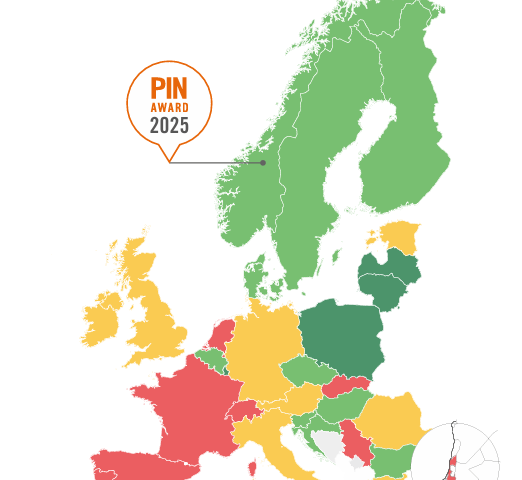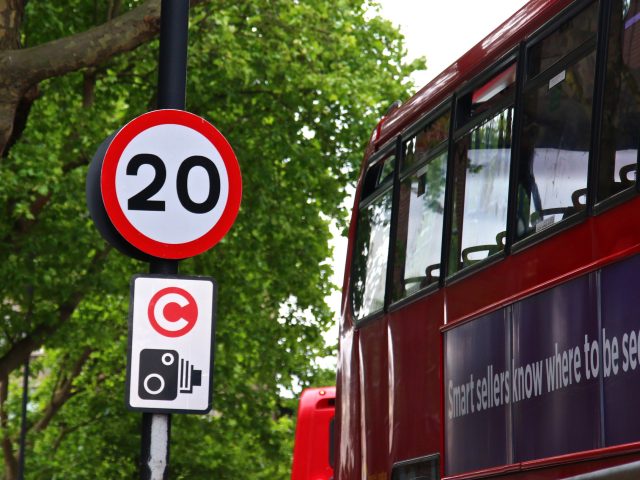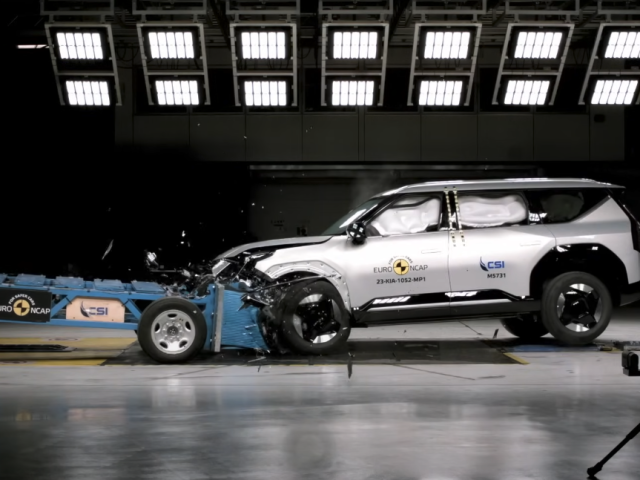E-scooter safety: new study reveals key factors to prevent serious injuries
A recent study conducted by the Vehicle Safety Institute at Graz University of Technology (TU Graz) has shed light on the increasing number of crashes involving e-scooters, a form of transport that has seen a significant rise in popularity in recent years. The research team used Human Body Models to investigate e-scooter crashes and identified key factors that can help prevent serious injuries.
The study found that wearing a helmet while riding an e-scooter can reduce the risk of head injuries by up to 44 percent. It also suggested that e-scooters should be banned from pavements and footpaths, as collisions with pedestrians often result in serious injuries. A speed limit for e-scooters was also recommended, as reducing the collision speed from 25 km/h to 15 km/h can decrease the risk of head injuries to pedestrians by up to 49 percent. In contrast, in collisions with passenger cars, it is mainly the speed of the car that plays a major role in the level of injury risk. Collisions with cars travelling at 40 km/h can cause severe to fatal head injuries to e-scooter riders.
Interestingly, the study found that inexperienced drivers often ride at the top speed of their e-scooters, despite being very unsafe on the road. A reduction in the maximum permitted speed of e-scooters would therefore also benefit these drivers.
The team first analysed accident events based on literature, accident records and videos to derive boundary conditions for the simulation. They then combined tests with volunteers to determine the riding pose with Human Body Model simulations. This allowed them to predict injuries in crashes and create a simulation matrix to answer the project questions.
Distance-based pricing for shared e-scooters
In a related development, Bolt, a shared e-scooter rental operator, is set to introduce distance-based pricing in Brussels, marking one of the first such initiatives in Europe. This move aims to promote safer scooter riding habits by charging riders based on the distance they travel rather than the time spent on the vehicle. The current per-minute pricing model can incentivise riders to speed to their destinations, leading to risky behaviours such as running traffic lights.







